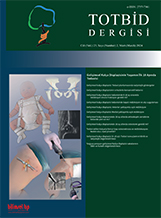
Developmental dysplasia of the hip (DDH) encompasses a spectrum of hip joint abnormalities ranging from mild dysplasia to complete dislocation. Occurring in approximately 1 to 34 out of 1.000 live births, the early diagnosis of DDH is crucial. Treatment aims to ensure the correct growth and development of the hip joint and bones. Early intervention typically begins with the Pavlik harness, while more advanced cases, or those unresponsive to the harness, may require closed or open reduction followed by spica casting. A common complication across these procedures, encountered at varying rates depending on the specific intervention, is known as osteonecrosis and redislocation. This review delves into the causes and treatment modalities for these complications.